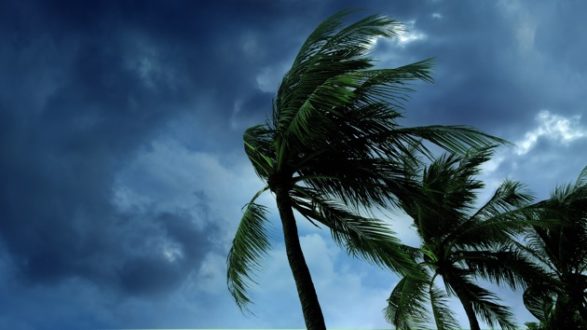
imagedepotpro/iStockBy DAN PECK and EMILY SHAPIRO, ABC News
(NEW YORK) — nSally, which made landfall as a Category 2 hurricane near Gulf Shores, Alabama, on Wednesday, crawled ashore at an incredibly slow 2 to 5 mph.
But the leisurely speed shouldn’t be mistaken for weakness.
When a tropical system, be it a hurricane or tropical storm, is moving very slowly, the impacts are felt over an extended period, usually leading to more destruction.
Wind
One positive seen among major hurricanes moving very slowly is that they usually begin to weaken before the highest wind speeds reach land.
But either way, when it comes to windspeed, a slower storm means more time with strong winds battering trees, power lines and homes.
Rain
The rating system for hurricanes is based on windspeed, but most of the destruction is from water — from rainfall to flooding to storm surge — said Philip Duffy, a climate scientist and president and executive director of the Woods Hole Research Center.
As Hurricane Sally approached the southern U.S. coast at just 2 mph, torrential rain sat over the same areas of Alabama and Florida for an extended period of time.
Rainfall rates reached 3 to 4 inches per hour along the Alabama coast and the Florida panhandle.
This heavy rate of rainfall would trigger flash flooding even with a quick-moving thunderstorm in many cases. With intense rain hitting the same area for hours and hours, the ground and nearby waterways will quickly get overwhelmed, sparking life-threatening flooding.
Hurricane Harvey, which killed several dozen people in 2017, basically came to a standstill over southeast Texas. The Houston metropolitan area was inundated with 2 to 4 feet of rain, submerging neighborhoods.
Multiple locations in the Houston area reported rain totals topping 4 feet, with Nederland, Texas, receiving more than 5 feet.
Storm surge
When you add storm surge to the equation, you have the high winds for a longer period of time, the torrential rain, and now water being pushed toward the coast, flooding nearby areas.
The longer the strong winds and heavy rain last, the more intense the storm surge.
The heavy rain added into the mix only makes that situation worse, because if there are moments that the winds subside or low-tide occurs, any improvement with storm surge would usually get canceled out by the relentless, heavy rain, keeping the flooding from subsiding.
Emergency response
Another danger is emergency response. The longer a storm sits over one area, the longer it may keep emergency crews from responding, including for first aid and water rescues.
Copyright © 2020, ABC Audio. All rights reserved.










